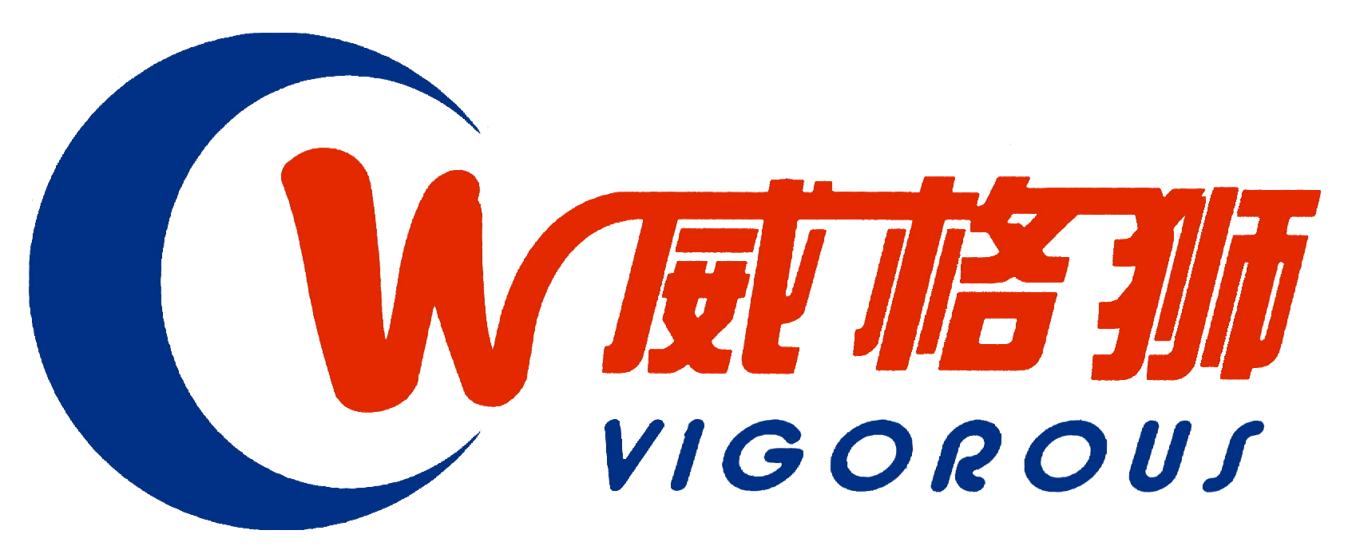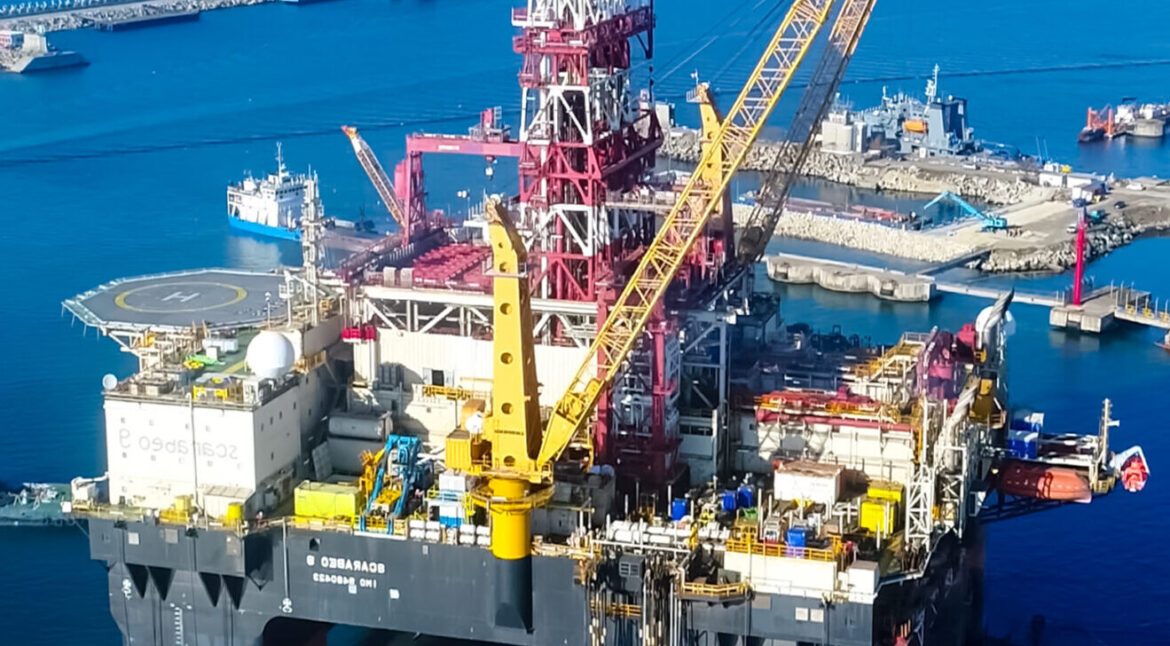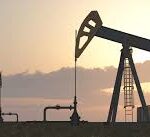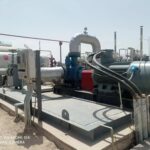I. Natural Flowing Oil Production: Harnessing Reservoir Energy
Natural flowing production relies on inherent reservoir energy to lift crude oil to the surface, prevalent in early – stage reservoir development when formation pressure exceeds fluid column pressure.
Key Operational Conditions:
- Reservoir pressure > fluid column pressure in the wellbore
- Effective drive mechanisms (dissolved gas expansion or pressure drive)
- Sufficient gas – oil ratio for gas expansion to reduce column pressure
Advantages & Limitations:
- Low cost and high efficiency in initial stages
- Natural flow typically lasts 1–5 years as formation pressure declines
- Transition to artificial lift is necessary when reservoir energy depletes
II. Artificial Lift Technologies: Screw Pumps as Industry Leader
When natural energy is insufficient, artificial lift systems maintain production. The screw pump stands out for its adaptability in challenging oilfield scenarios.
1. Screw Pump System: Technical Breakdown
-
Working Principle:
Intermeshing screws form sealed chambers that move axially during rotation, transporting crude oil from inlet to outlet without pulsation. -
Optimal Applications:
▶ High – viscosity crude oil (up to 100,000 cSt)
▶ Wells with high sand content (up to 5% solids)
▶ Heavy oil fields requiring continuous high – efficiency production -
Performance Advantages:
Feature Benefit Case Study Reference Simple mechanical design Reduces maintenance by 40% Daqing Oilfield retrofit Low energy consumption 30% less power than centrifugal pumps Xinjiang heavy oil project Sand – resistant structure 8,000+ hours of trouble – free operation Liaohe Oilfield well A – 12 -
Technical Specifications:
▶ Material options: 2205 duplex steel for corrosion resistance
▶ API 676 compliance for oil & gas applications
▶ Adjustable speed via VFD for viscosity adaptation
2. Comparative Analysis: Screw Pumps vs. Other Artificial Lift Methods
| Technology | Suitable Well Type | Efficiency | Maintenance Intensity |
|---|---|---|---|
| Screw Pump | High – viscosity, high – sand wells | 85 – 92% | Low (annual inspection) |
| Rod – pumped System | Medium – low production wells | 60 – 75% | High (monthly maintenance) |
| Electric Submersible Pump (ESP) | High – volume, deep wells | 70 – 80% | Medium (3 – 6 month intervals) |
| Gas Lift | High gas – oil ratio reservoirs | 65 – 72% | Low (gas supply dependency) |
III. Screw Pump Innovations in Modern Oilfields
-
Downhole Screw Pump Systems:
- Combined with electric submersible motors for deepwell applications
- Example: Bohai offshore platforms using 3 – stage screw pumps for 3,000m depth
-
Smart Screw Pump Solutions:
- IoT – enabled monitoring for real – time NPSHr optimization
- Predictive maintenance via vibration analysis (reduces downtime by 60%)
-
Heavy Oil Specialization:
- Tungsten carbide – coated screws for 120℃+ high – temperature environments
- Double – ended screw design to boost flow rate by 35% in viscous media
IV. Operational Best Practices for Screw Pumps
-
System Design:
- Suction line diameter ≥ 1.5x pump inlet size to maximize NPSHa
- Install sand filters for wells with >2% solids content
-
Material Selection:
- 2205 duplex steel for casing in high – Cl⁻ environments (NACE MR0175 compliant)
- Ceramic – coated rotors for abrasive media (extends life by 2x)
-
Performance Monitoring:
- Maintain NPSHa > 1.3 × NPSHr to prevent cavitation
- Regular viscosity testing (adjust speed based on seasonal temperature changes)




